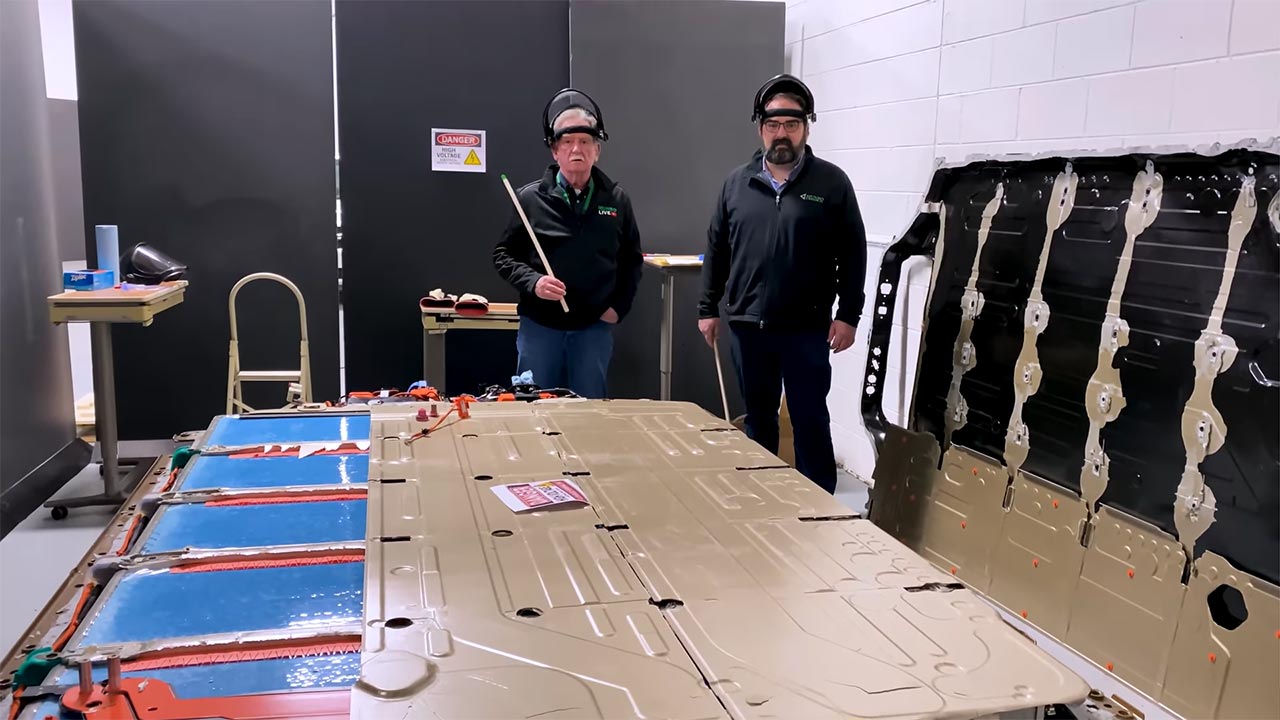Gotta wonder if the clutch is on the Cybertruck? First thought is that it's complex, heavy and expensive. Second thought is that it might be a lot cheaper and lighter than the batteries it replaces to get equivalent range.
Haven't seen much discussion here but this could be a bigger breakthrough than people realize. Maybe even end up on entry level vehicles where four wheel drive is wanted?
Just one more example of superior Tesla engineering.
Cybertruck going from 4 to 3 engines might indeed point to the clutch.
Semi needs the clutch because the boost axle has another stage of reduction and the motor's drag at high speed is an efficiency drain. Cybertruck has a higher top speed and needs less low end.
Cybertruck is going from tri-motor to quad, not 4 to 3. Tri-motor was like a Plaid/ Semi love child with a lot of payload mass (and thus traction) on the rear axle. Dual front motors is an interesting change, may be for increased power & regen.
Semi clutch packaging worked due to truck width and solid axle. An Independent suspension with half shafts needs as much length as they can get to save the joints. (Could go asymmetric and trade off longitudinal angle).




